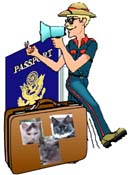Tarangire National Park
|
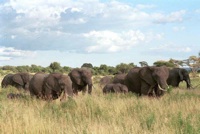 |
Tarangire is known for its elephant herds. Each herd has several baby elephants. |
| |
|
|
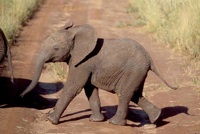 | We came across two leopard cubs waiting for their
mother's return. When mom came back, the cubs climbed down and joined
her in the tall grass. | 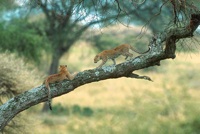 |
| | |
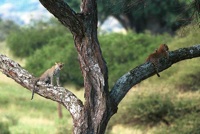 |
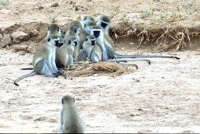 |
We watched as two groups of Vervet monkeys disputed something. There were huddles and charges and rest periods. |
| |
|
|
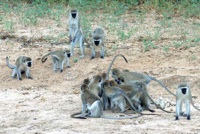 |
|
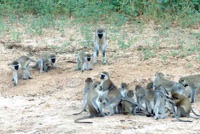 |
| |
|
|
| Ngorongoro Conservation Area | 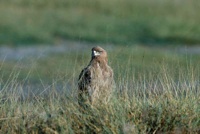 | A Tawny Eagle greeted us one morning in the Ngorongoro Crater. |
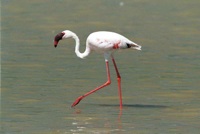 |
Flocks of flamingo are often seen in the Crater's lakes. |
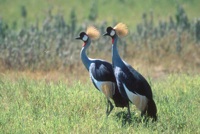 |
| |
|
|
| And flocks of Crowned Cranes are found in the grassy areas. |
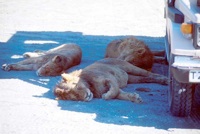 |
In the heat of the day, these lions found shade beside a safari vehicle. |
| | |
| The baboons conserved energy by grooming or just sitting on a log. |  | 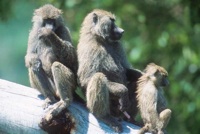 |
| | |
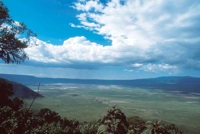 | The view of the Crater floor is extraordinary. | |
| | |
| Serengeti National Park | 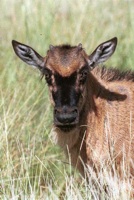 | Wildebeest calves were numerous. Many had been separated from their mothers and were standing alone crying. |
| | |
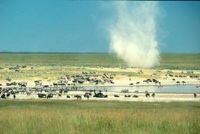 | We
traveled one day to the only water hole for miles. There were
thousands of animals. The wind caused dust devils in the poor soil. | 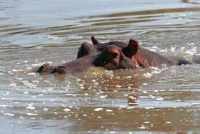 |
| | |
| The
hippos are too large to use the water holes. They need to stay at
the lakes and streams. The herons will find water wherever they
can. | 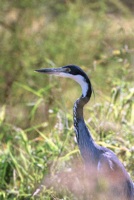 | 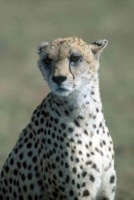 |
| | |
| This cheetah was very old but she looked well fed so she must still be a good hunter. She is nearing the end of her life. | 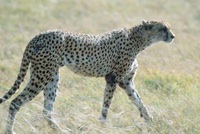 | 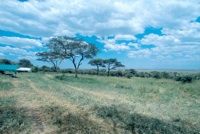 |
| | |
| Our campsite in the Serengeti National Park was in a
grassy area overlooking a valley. Our lunch one day was prepared "in
the bush" by the chef who brought the kitchen and dining room to us. | 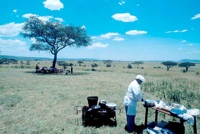 | One morning we went out early and had a picnic breakfast. We were joined by a group of young lions. |
| | |
 | They grabbed our napkins and the picnic basket and proceeded to play with them as a kitten would with a new toy. | 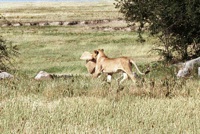 |
| | |
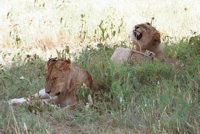 |  | 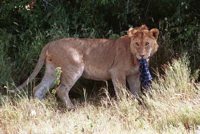 |
